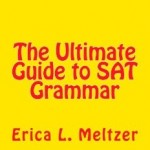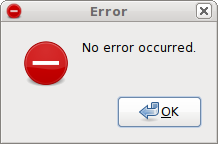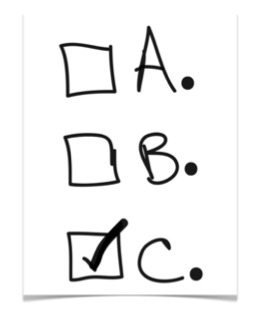The following article is an excerpt from my e-book SAT Grammar Crammer!
Passive Voice and Wordiness: Just let the point be gotten to by you, junior!
Let’s knock the really simple part of this lesson out first – on the SAT Writing test, always pick the shortest, simplest, most direct, most clear error-free answer that is offered to you.
If the SAT question provides two answer choices that seem to be free of grammatical errors, but one is less wordy, pick the less wordy one!
I use this “wordiness” topic as a catch-all for specific issues that a high school grammar teacher would have all sorts of crazy names for. Keep in mind this is subtly different from run-on sentences / comma splices, which are also worth studying.
I think it’s much easier to just remember that the shortest, clearest, and most direct answer wins – again, as long as there’s no other error in it.
On the SAT grammar section, we don’t need to know the “exact” names for all these rules – heck, I’ve gotten two perfect scores, and I’m not sure I have any idea what this stuff is properly called. I just know how to notice the mistakes and fix them!
Any time the word “being” shows up in a grammar question on the SAT, you should immediately look for a wordiness error, because there’s almost certainly a briefer and more direct way to rewrite the sentence.
Think about this example: did Shakespeare say “Being to be, or being not to be, that is being the question”? No? Perhaps because “Being to be” sounds ridiculous..?
Get Exclusive SAT Prep Tips!
I want to send you more tips to help your SAT score, but I need your email address to stay in touch. Enter your email below so I can send you my reports on the SAT and other subscriber-only bonuses.
The SAT Writing section, as a rule of thumb, really doesn’t like the phrase “being ___-ed” to show up in their sentences, because that phrase ends up being wordy and indirect almost every time.
Also, avoid redundancy: if the sentence already says “contemporary,” it probably doesn’t also need “these days” in there.
Here are two basic examples of wordiness and redundancy:
Wordy and BAD: “As he walking along the path, he was with a friend that also walked with him.” To make the same point with about half the words, we could have said:
Less wordy and BETTER: “He and his friend walked along the path.”
Wordy and BAD: “The recycling company annually recycles a million tons of paper each and every year.” “Annually” already means “each year,” and “each and every” is also fairly redundant, so I’d keep “annually” and remove “each and every year.”
Less wordy and BETTER: “The recycling company annually recycles a million tons of paper.”
To get the complete text of this SAT Grammar lesson, along with more than 14 other lessons, two diagnostic tests and over two hundred practice questions written by a two-time perfect scorer and pro SAT tutor, order your copy of The Top 12 SAT Writing Grammar Rules today!
Further Reading:
What exactly is on the SAT Writing test?
SAT Writing Rules: Comma Splices
How to Hack the SAT Writing Section
Why Is Grammar Important?
Additional Resources:
SAT Grammar Crammer: Top 12 Rules of SAT Writing (e-Book)
Before you leave, be sure to join my SAT email list! I send readers subscriber-only exclusive content like my Urgent Report on SAT Reading to help you prepare for test day.


















Find Me on Social Media